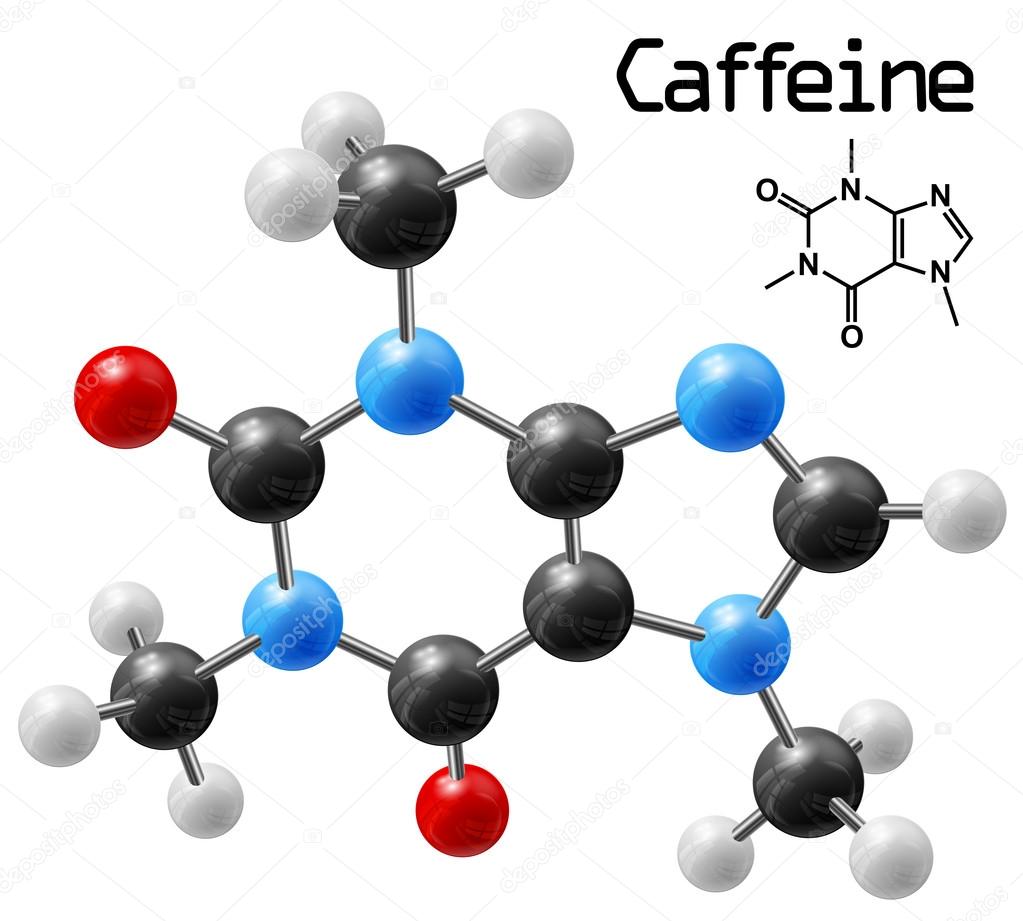
In this behind the scenes shot, one of ‘the infected’ from HBO’s The Last of Us is plastered to the wall by what looks like giant slime moulds. These rippling, sprawling movements are likely what makes slime mould so appealingly creepy to horror artists and filmmakers. This flow transmits nutrients, chemical signals and information between different regions of the slime mould. Inside the slime mould, a rich soup of cell components and food particles flows back and forth within the network. The slime mould’s “body” is a network of veins and tubes that can move at the rapid pace of up to five centimetres per hour to locate and capture their prey. Though they can grow quite large – up to several square metres across – each slime mould is a single cell, containing millions of nuclei and all the other complex machinery that lies inside cells like ours. This yellow blob of goo may not look like much, but it is in fact a fierce predator of bacteria, yeasts and other microorganisms, including fungi. This is what we foundĭespite bearing a superficial similarity to fungi, there are many aspects of the slime mould’s biology that are strikingly unique. Yet their exact place on the tree of life is still unclear.īefore The Last of Us, I was part of an international team to chart the threat of killer fungi.

Molecular methods for grouping lifeforms by comparing their DNA have helped us better understand slime moulds’ distinct heritage.


 0 kommentar(er)
0 kommentar(er)
